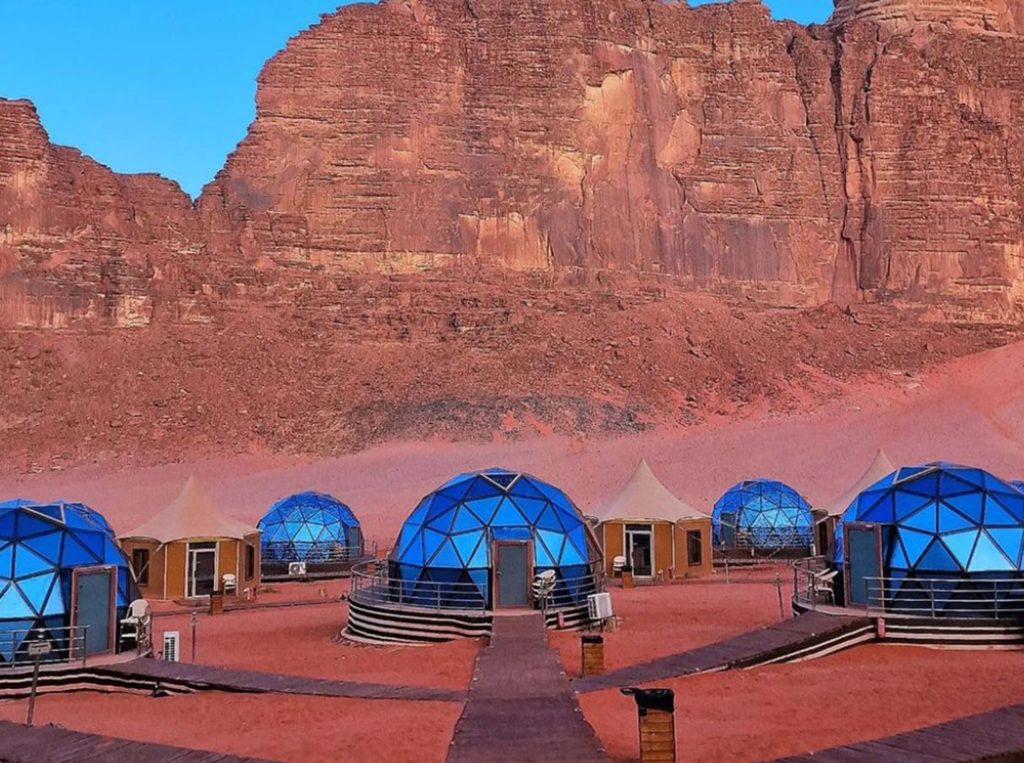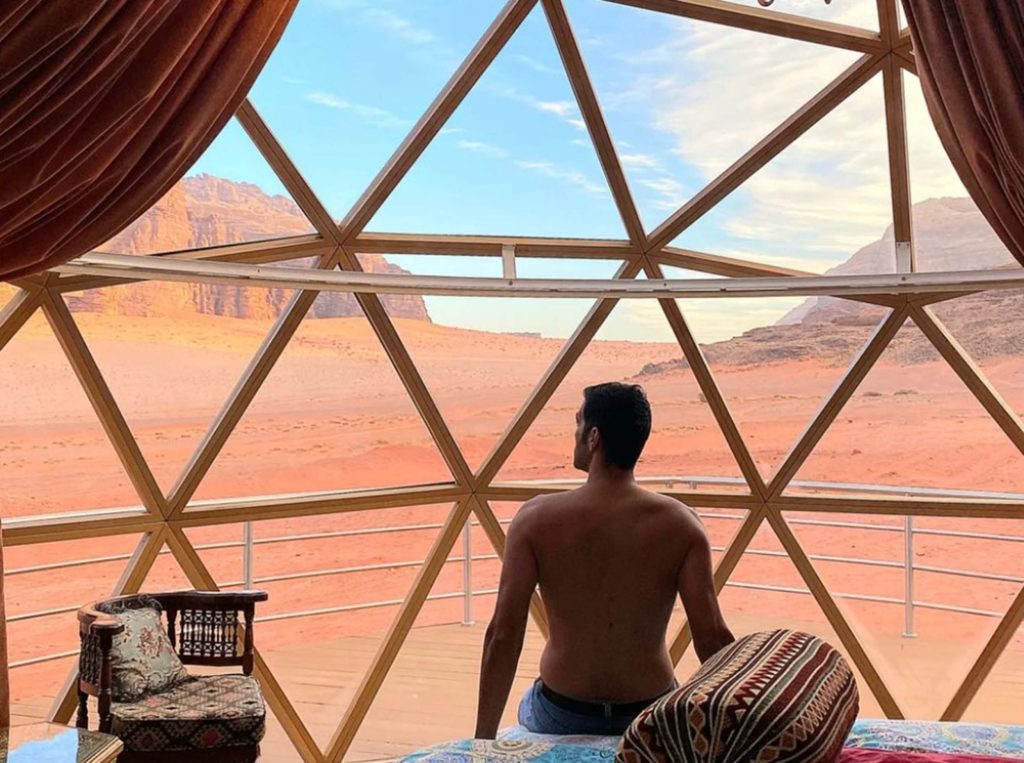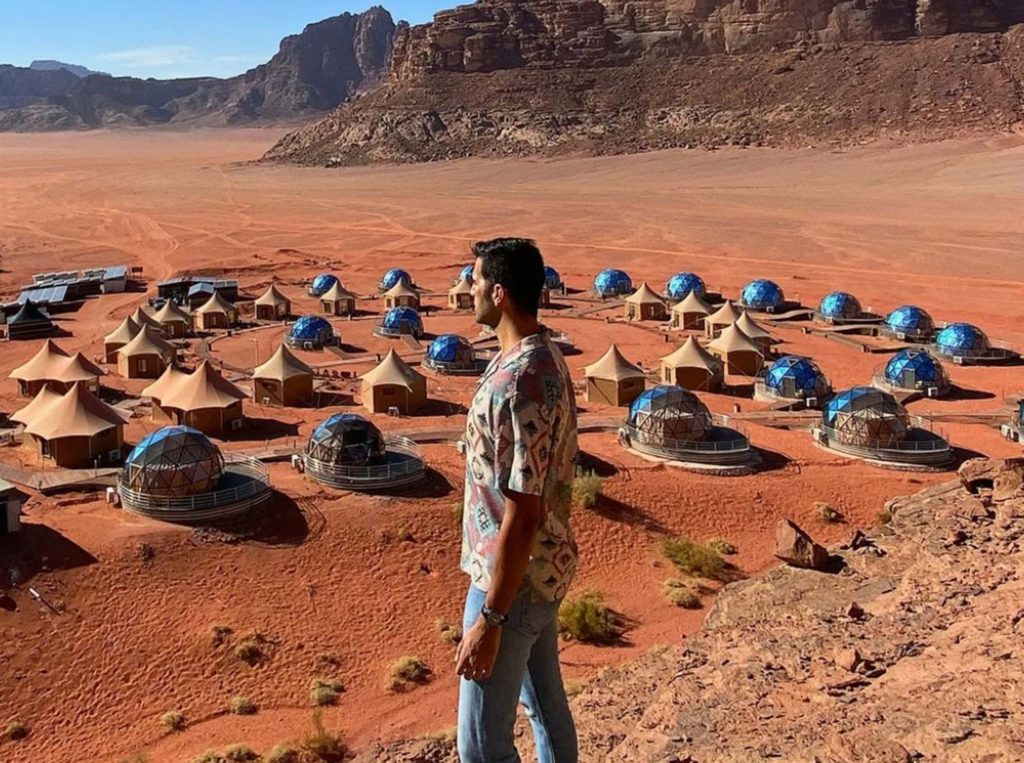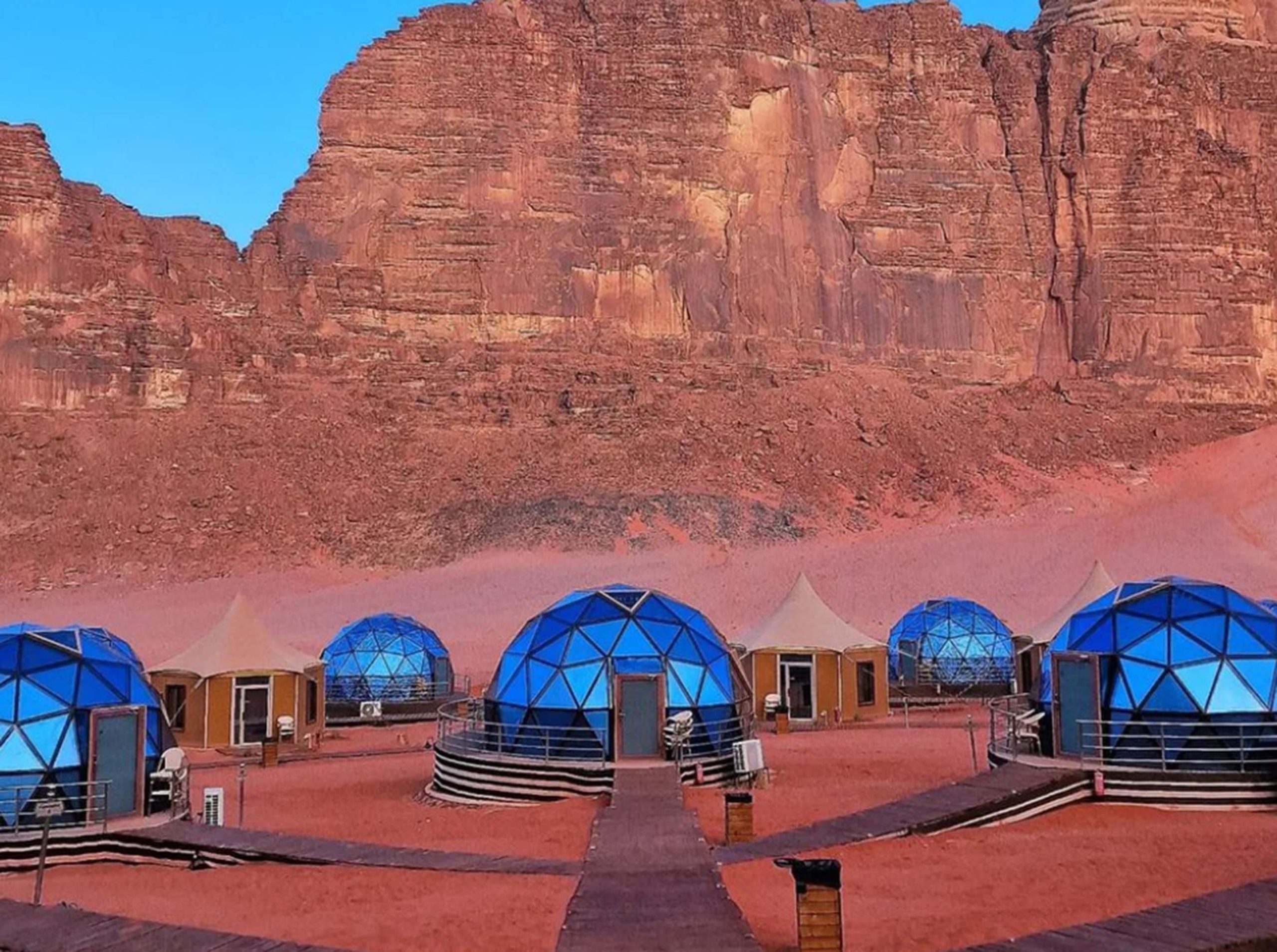My journeys revolve around capturing the world’s mesmerizing essence through my lens. A recent escapade to Aicha Luxury Camp not only immersed me in the splendor of the desert but also allowed me to unravel the art of capturing landscapes and people through photography.
Mastering Landscape Photography
Capturing the magnificence of landscapes relies greatly on the timing and viewpoint chosen for photography. Sunrise and sunset become pivotal moments for a photographer, gifting the scenery with a touch of magic through their natural illumination. These hours cast a mesmerizing interplay of light and shadow, amplifying the vividness of colors, and imparting a surreal quality to the surroundings.
The transition between day and night sky at these hours creates an enchanting palette of hues, transforming ordinary scenes into extraordinary vistas. The warm, golden tones during sunrise and the dramatic, fiery shades at sunset infuse a sense of dynamism and vibrancy into the landscape, enhancing its visual allure.
Exploring various angles while photographing landscapes contributes significantly to the depth and visual appeal of the shots. Lower vantage points allow for capturing unique perspectives by emphasizing foreground elements, drawing the viewer into the scene. Meanwhile, higher angles offer a broader view, showcasing the vastness of the landscape and providing a different narrative to the composition.
Experimentation with diverse angles not only diversifies the visual storytelling but also adds layers of depth and dimension to the photographs. It’s akin to unveiling different facets of the landscape’s character, uncovering hidden details, and revealing the multifaceted nature of the scenery. Such exploration in photography is akin to discovering new dimensions within the same frame, allowing for a richer and more immersive visual experience.

Composition techniques play a pivotal role in landscape photography, contributing significantly to the overall impact and visual appeal of the captured scenes.
The Rule of Thirds is a fundamental principle that divides an image into a grid of nine equal parts, achieved by drawing two horizontal and two vertical lines across the frame. Placing key elements or points of interest at the intersections of these lines or along the lines themselves helps create a balanced and visually engaging composition. This technique avoids centering the subject, making the image more dynamic and inviting to the viewer’s eye.
Leading Lines are a powerful tool in composition, especially in landscapes. They can be naturally occurring elements like rivers, paths, or lines formed by rock formations. These lines serve as visual guides, drawing the viewer’s attention into the photograph and leading their gaze through the frame. By incorporating leading lines, photographers can add depth and dimension to the image, creating a sense of movement and intrigue.
Foreground Interest plays a crucial role in adding depth and context to landscape photography. Introducing captivating foreground elements—such as rocks, vegetation, or objects—helps create layers within the composition. This technique not only provides a sense of scale but also leads the viewer’s eye from the foreground to the main subject, enhancing the overall storytelling of the image.
By implementing these composition techniques, photographers can elevate their landscape shots from mere scenic captures to compelling visual narratives. These techniques enhance the aesthetic appeal, guide the viewer’s focus, and imbue the photograph with depth and meaning, creating a more immersive and captivating experience.
Including people in landscape photography can transform the visual narrative, adding layers of depth and emotion to the scene. When individuals are introduced into the frame, it offers a sense of scale, allowing viewers to grasp the vastness and grandeur of the landscape.

Photographing People:
Natural Poses: Candid shots capture genuine moments and emotions. Encouraging subjects to engage naturally with the environment or each other creates a more authentic story within the frame. Candid photography often reveals unscripted emotions, providing a genuine portrayal of the moment and enhancing the overall narrative of the image.
Use of Space: Positioning individuals within the landscape is crucial. They should complement the scenery without overshadowing it. Placing subjects within the frame allows viewers to appreciate the scale of the landscape while adding a sense of relatability and human connection to the scene.
Framing & Perspective: Experimenting with various focal lengths and angles is essential when photographing people in landscapes. Choosing the right perspective allows for a harmonious balance between the subject and the surroundings. Wide-angle shots can emphasize the vastness of the landscape while featuring people within it, whereas telephoto lenses can isolate subjects against the backdrop, highlighting their presence without losing the context of the scenery.
Capturing people in landscape photography isn’t just about adding figures to the frame; it’s about telling a story—a story of human interaction with nature, the scale of the environment, and the emotions evoked by the scenery. When done thoughtfully, the inclusion of individuals enhances the narrative, making the photograph more relatable and engaging for the viewers.
Practical Tips for Photography in the Desert

Attire: When venturing into the desert, clothing choice plays a crucial role in comfort and protection. Opt for lightweight, breathable garments that cover the skin to shield against the sun’s harsh rays. Long sleeves and pants made from light, moisture-wicking fabrics not only protect from sunburn but also provide a barrier against wind and sand. Adding a wide-brimmed hat and sunglasses safeguards the face and eyes from the glaring desert sun, ensuring a more comfortable and safer photography experience.
Camera Gear: The choice of lenses significantly impacts the visual storytelling of desert landscapes. Wide-angle lenses capture the vastness and expanse of the desert, allowing you to encompass the sweeping panoramas and dramatic skies. They’re perfect for showcasing the grandeur of the landscape. On the other hand, a telephoto lens can help isolate specific elements within the landscape, capturing intricate details or focusing on distant subjects, providing a different perspective and enhancing compositional possibilities.
Careful Maintenance: Desert environments pose a challenge to camera gear due to the presence of fine sand and dust. Protect your equipment by keeping lenses covered when not in use to prevent sand particles from settling on them. Regularly clean your gear to ensure optimal image quality, using appropriate tools like lens brushes and microfiber cloths. Avoid changing lenses in dusty or windy conditions to minimize the risk of dust entering the camera body. Additionally, consider using protective gear like camera rain covers or protective cases specifically designed for desert environments to shield your equipment from sand and harsh elements. Regular maintenance is key to preserving the performance and longevity of your photography gear in challenging desert settings.
I bask in the golden light of the setting sun, observing the shifting colors in the vast desert canvas. The dunes weave a tapestry of shadows and radiance, painting a serene yet evocative scene. With my camera poised, I wait patiently, knowing that this ephemeral moment will soon manifest in a photograph—a harmonious blend of nature’s artistry and the play of light and shadows.
The desert’s twilight hours are a photographer’s paradise, a time when the landscape undergoes a mesmerizing transformation. The hues in the sky evolve from warm oranges to deep crimson, casting a surreal glow over the desert expanse. The sandstone cliffs stand silhouetted against the vivid canvas, creating a captivating contrast that beckons to be captured.
As the desert embraces the tranquility of dusk, I aim to encapsulate this fleeting beauty. The Rule of Thirds guides my composition, placing the horizon on the lower third of the frame to emphasize the expansive sky. Leading lines formed by the curving dunes draw the viewer’s gaze into the photograph, creating a visual journey through the desert’s undulating landscape.
With each passing moment, the interplay of light and shadow adds depth and drama to the scene. The soft, diffused glow of the fading sunlight infuses the surroundings with a sense of calm and mystery. I adjust my focal length, experimenting with different angles to encapsulate the vastness and majesty of this panoramic view.
The inclusion of distant figures traversing the dunes adds a poignant touch to the composition. They become silhouettes against the vibrant hues, providing a sense of scale and evoking a feeling of wanderlust—a testament to the unending exploration of the desert’s timeless beauty.
As I click the shutter, freezing this moment in time, I realize that photography is more than just capturing images; it’s a means of storytelling, of preserving the essence of an experience in a single frame. Each photograph holds within it a narrative—a story of fleeting moments and everlasting memories.
